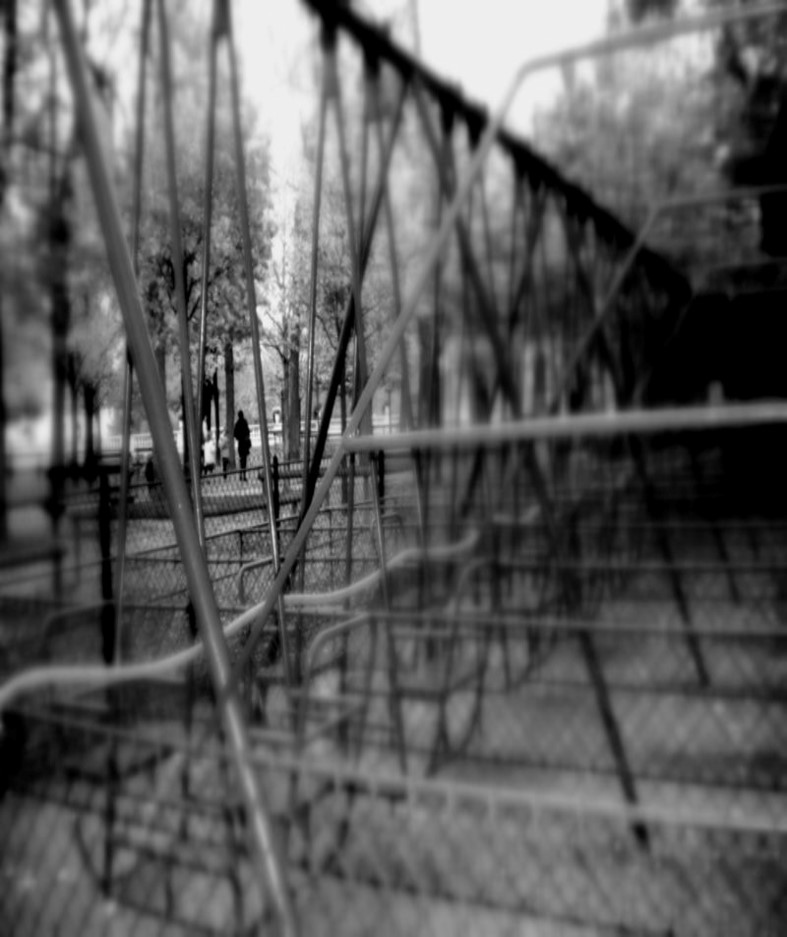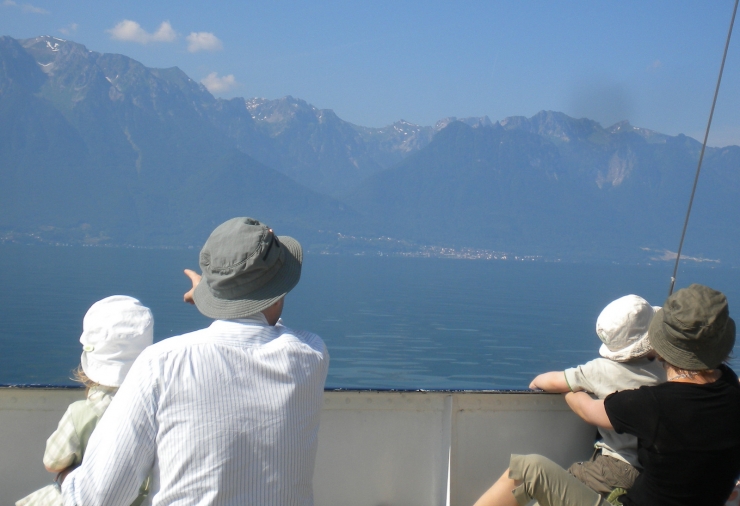Collective exhibition from March 2014, the 7th to June 2014, the 12th
The encounters between other people living in other contexts are the source of a perpetual acculturation during which languages, behaviors, signs and shapes are continuously changing, sometimes by choice but often acted on coercion. Humankind thus becomes a machine for similarities and differences, attraction and destabilization, a universe of shapes and meanings in which each one tries to find his/her place.
Men and Worlds takes into account the human nomadic life and stages an exhibition in motion, which echoes the sounds, shapes and the diversity of the globe.
Gathering the artworks of seventeen international contemporary artists, among which a number of them have been produced especially for the exhibition, Men and Worlds offers itself as an aesthetic viaticum, a little supply of forms and contents, to face the great travel that globalization represents.
The exhibited artists are part of those who never stop but who play with this insatiable dynamic of things in order to better define themselves. Beyond concepts or great assertions, they take a subjective and personal look at the world, not to define but to grasp what and who constitute our universe in order to offer local and particular answers to the threats of global standardization.
Luggage or transient artworks, the exhibited creations show the multiplicity of identities and the translation from a certain “creolization” of the world into visual arts. They do not wish to belong to a hegemonic and binary model, they advocate for what Edouard Glissant termed “mondialité” or “worldliness” which allows them to explore the productive fields of humanity by making poetical artworks built out of mixed, fragmented and fragmentary aesthetics.
Exhibited Artists:
In production for the Collège des Bernardins:
Sylvie Fanchon, Djamel Kokene, Ingrid Luche, Chloé Quenum, Achraf Touloub, Stéphane Vigny, Jacques Villéglé
And also :
Nirveda Alleck, Rina Banerjee, Romain Bernini, Matthew Darbyshire , Basir Mahmood, Bruno Perramant, Franck Scurti, Pascale Marthine Tayou, Patrick Tosani, Jacques Villéglé, Chen Zhen.
Exhibition shown in the course of « Questions d’Artistes », a program of contemporary Art

